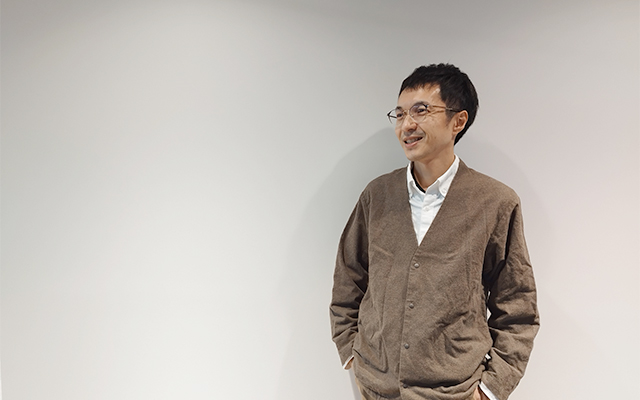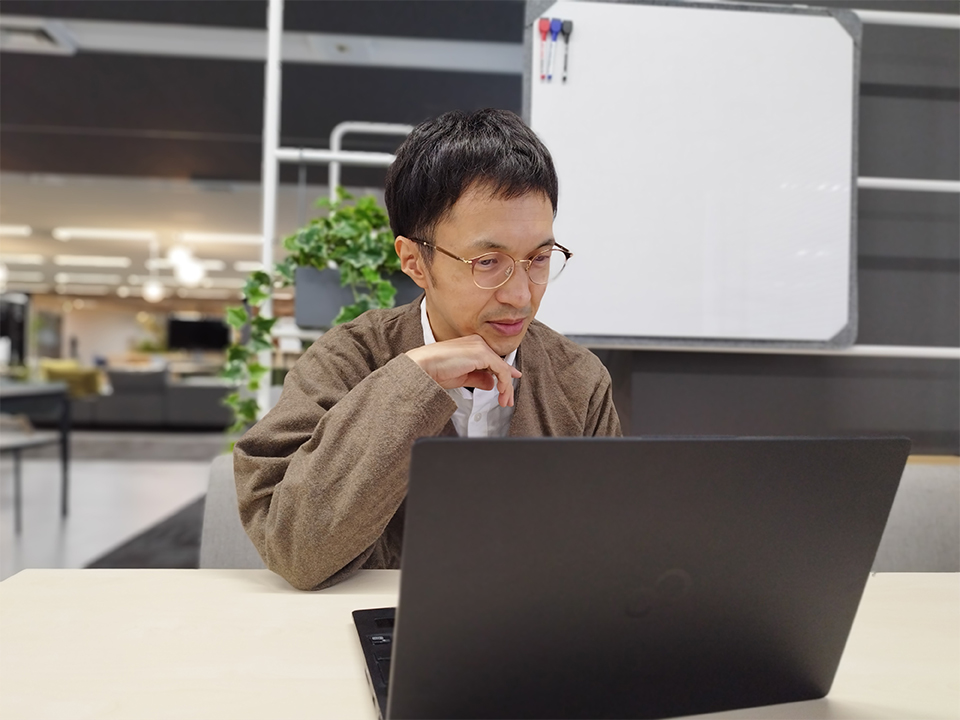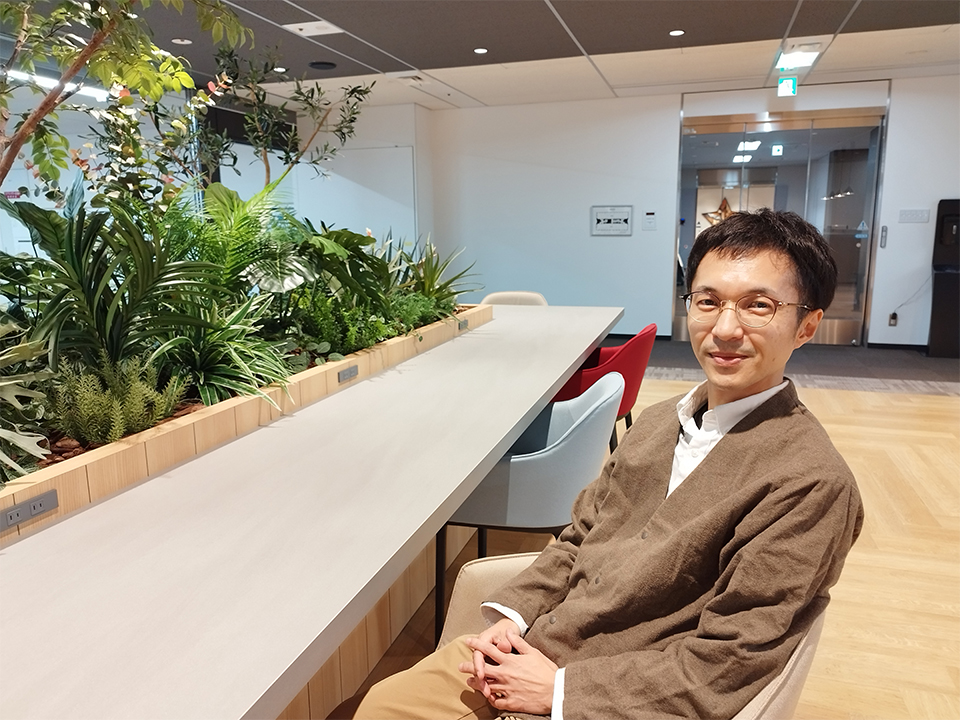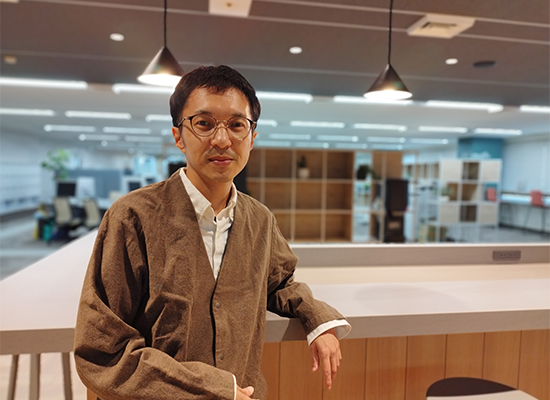I have been a math whiz since childhood, especially loving to solving proof problems. In college, I majored in mathematics and became increasingly fascinated by the beauty of modern mathematics, which is rigorously organized in set theory and mathematical logic. I can still remember devouring the proofs of the theorems in my algebra textbooks and copying them down in my notebooks. On the other hand, the field I was interested in studying seemed to be extremely mature. Although genius mathematicians are still born today, I never imagined that I would be able to make new discoveries and contributions.
As I was growing up, it was amazing to observe how people's lives and society itself were changing drastically due to the rapid evolution and spread of information technology. Anyone could easily create content and publish it online, just by using a personal computer with internet. We were also approaching an era in which we would be able to collect and analyze large amounts of various types of data. I suddenly felt the urge to do something new in a fast-growing field such as information science.
As a natural progression, I decided to major in informatics in graduate school. At first, I did some research on AI based on the study of logic, but after a while I came across research on discovery science and data mining. It is quite normal now, but at that time it was difficult to perform highly accurate matching between products and people, such as in recommendation systems. By knowing the behavioral patterns of customers in stores, could we recommend products by matching up customers’ preferences based on their purchasing history? If we could make use of the data, we would surely be able to discover insights. During a moment of relaxation, it occurred to me that it would be great to conduct this sort of research.
These thoughts led me to immerse myself in research on “knowledge discovery from databases”. I devised an efficient knowledge discovery method (*1) from vast amounts of web data and presented it at international conferences, where it received an unexpectedly positive response. This gave me confidence and led me to set my sights on “developing knowledge discovery technologies that would be widely used by people throughout the world”.
Shortly after joining Fujitsu, I became involved in the research and development of next-generation technologies for Fujitsu's middleware products, specifically the development of a stream-oriented XML Filtering engine (*2). Information retrieval is one of the most fundamental technology in knowledge discovery. I was very excited to be able to work on the mission of further upgrading and speeding up a product with sophisticated search algorithms as soon as I joined the company.
Research and development is about breaking out of the status quo and aiming even higher. It was a great challenge for me to pursue the improvement of engine speed performance to the limit. In particular, I remember that it was a real challenge to meet the performance requirements. In the academic research world, for example, when considering algorithm acceleration, one can claim to have made a breakthrough by comparing the theoretical computation volume of prior technologies, or the execution time on benchmark data. In corporate research, there are also performance requirements from customers and business units that have to be met, adding a major extra dimension.
You can write a paper about a new idea that speeds up a process that used to take 100 seconds with existing technology to just 10 seconds. But, if the customer's performance requirement is 1 second, they will not accept these results. Whenever I first hear what the requirements are, it prompts me to think, "That's impossible!". But when I actually grit my teeth and try to find a solution, I often find that I can make it happen.
It’s not enough just to focus on improving speed performance. Another important consideration is ease of use from the customer's practical perspective. We verified and improved the system based on the objective of processing a large number of queries simultaneously, with constant performance regardless of the search formulas. As a result, the processing time of the next-generation engine was more than 100 times faster than the state-of-the-art technology of the time, and we succeeded in developing a technology that can search, join, aggregate, and sort a large series of XML data at high speed.
I spent a truly fulfilling eight years, filled with joy and a sense of accomplishment. I was delighted when we achieved our goals by bringing together the technologies, know-how, and ideas of my supervisors and colleagues at Fujitsu Research, combined with the collaboration of university professors, people from Fujitsu's business unit, and affiliated companies. It also taught me the rigors of being involved in business, as previously I had only experienced the academic world.
Then came a new turning point in my research.
The company announced a series of results regarding the development and application of Wide Learning™ (*3), an Explainable AI (XAI) technology that combines discovery science and machine learning. While deep learning was making great strides in the third AI boom, we decided to launch a project to develop a new AI that would provide a different type of value compared to deep learning. I was one of the initial members of this project. In addition, we invited Dr. Setsuo Arikawa, a proponent of discovery science, to establish the Arikawa Discovery Science Center in 2015. Thanks to the ongoing guidance of Dr. Arikawa, and to collaboration with other universities, which has accelerated the research and development of theory and application, the application of Wide Learning™ in diverse fields has become a reality.
One of the key values of Wide Learning™ is “discovering new knowledge”. Getting acceptance for new findings based on output results that have been applied to real issues is not that easy. It is the users, the customers and the communities to which they belong, who ultimately decide whether the output results represent useful findings or not. For our work, we had to keep on repeating hearings and trials in order to arrive at a discovery that satisfied the customer, but we were very happy when we finally arrived at a good discovery.
In the 2021 House of Representatives election, Wide Learning™ was used for the first time in Japan as an AI to report on live TV about the election day situation. By referring key indicators computed from historical data and applying current candidates based on their election and dropout rates, AI was used to explain in the live TV program why the districts were so hotly contested. The success of this application case was not only due to the superiority of the technology itself, but also to the fact that it was realized as a result of repeated meetings and verifications with the parties involved over the previous two years.
Wide Learning™ has already achieved many proven results thanks to the efforts of all the project members and related organizations. In the financial sector, it has been commercialized as an AI scoring platform service. For example, financial institutions can expect cost reductions by automating manual loan approvals with Wide Learning™. In the healthcare field, we support the development of long-term care prevention measures. For elderly people who have not been certified for long-term care by the local government, Wide Learning™ helps identify those at high risk of needing long-term care in the future, contributing to an effective early approach to this issue. Rapid analysis using Wide Learning™ for urgent social issues has also been conducted. Analysis results about the effectiveness of measures to control the spread of infection in different country against new coronavirus infection (COVID-19) were compiled and published in August 2020, and the results were awarded for JSAI Incentive Award from The Japanese Society for Artificial Intelligence. Furthermore, by integrating advanced technologies such as statistical causal search, we are significantly expanding the application scope as “Discovery AI”. Currently, we are in the process of collaborating with outside experts in the fields of life science and drug discovery (*4), materials science (*5), social science, linguistics, and others to discover new knowledge and mechanisms.
I am greatly attracted to the fact that discovery science research can be applied to many fields, as long as you have enough data. I would like to continue to develop new technologies related to discovery AI and XAI and apply them to various fields, both in business and academia. Also, by fast verification on discovery AI and XAI output results, we hope to establish and disseminate a framework to assist in how to determine a new discovery. I believe that themes that cannot be realized by myself alone can be achieved in conjunction with many colleagues, which has been my experience so far.
My profound wish is that "knowledge discovery from databases" will be practiced in many societies and organizations around the world, and that the value of the discoveries obtained will spread widely. And I will continue vigorously to engage in research and development that supports the lives of many people. I will never stop learning, and will continue to explore cutting-edge technology.








